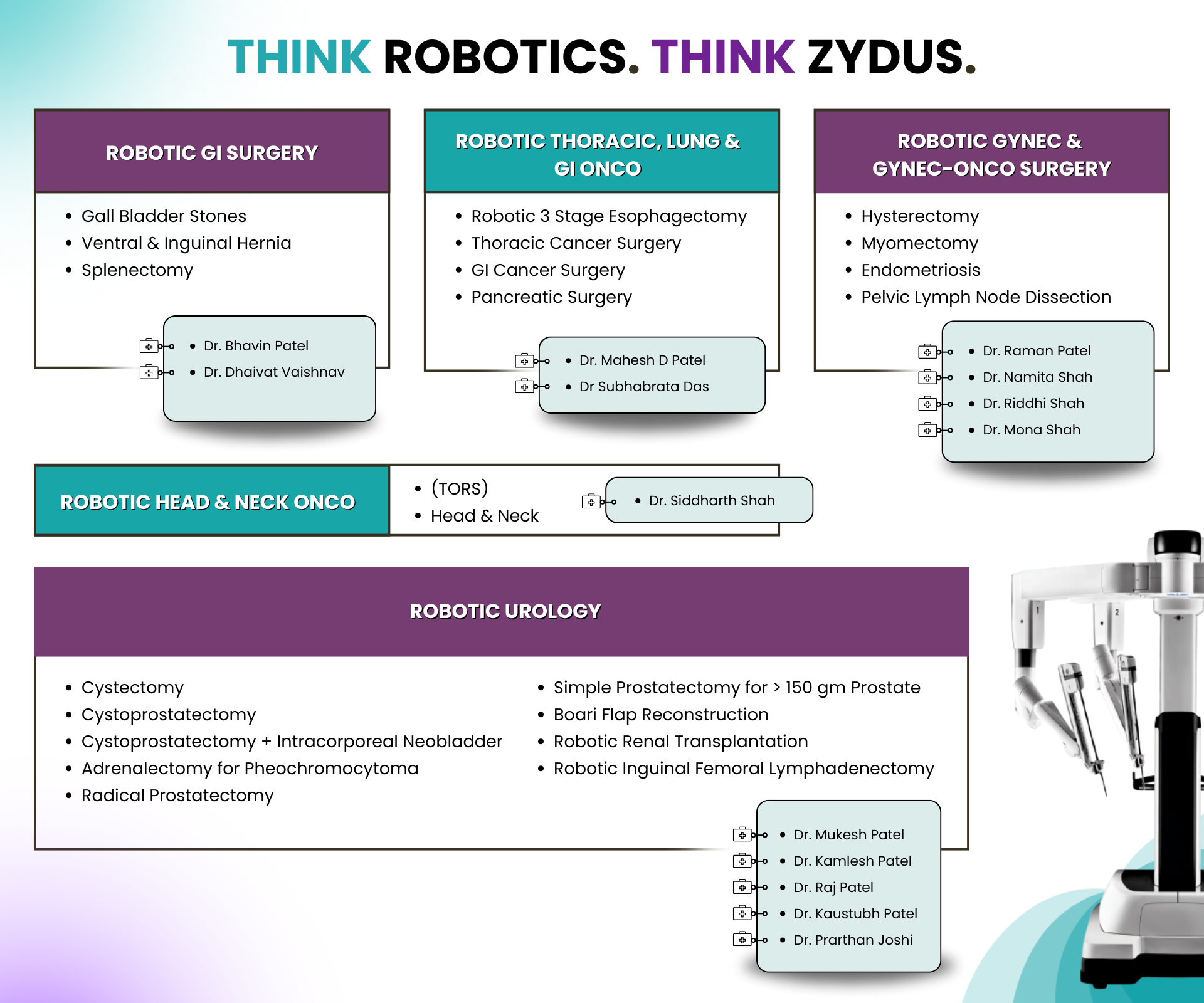
Lung Disease Treatment
- Medical Specialities
- Pulmonology & Chest Medicine
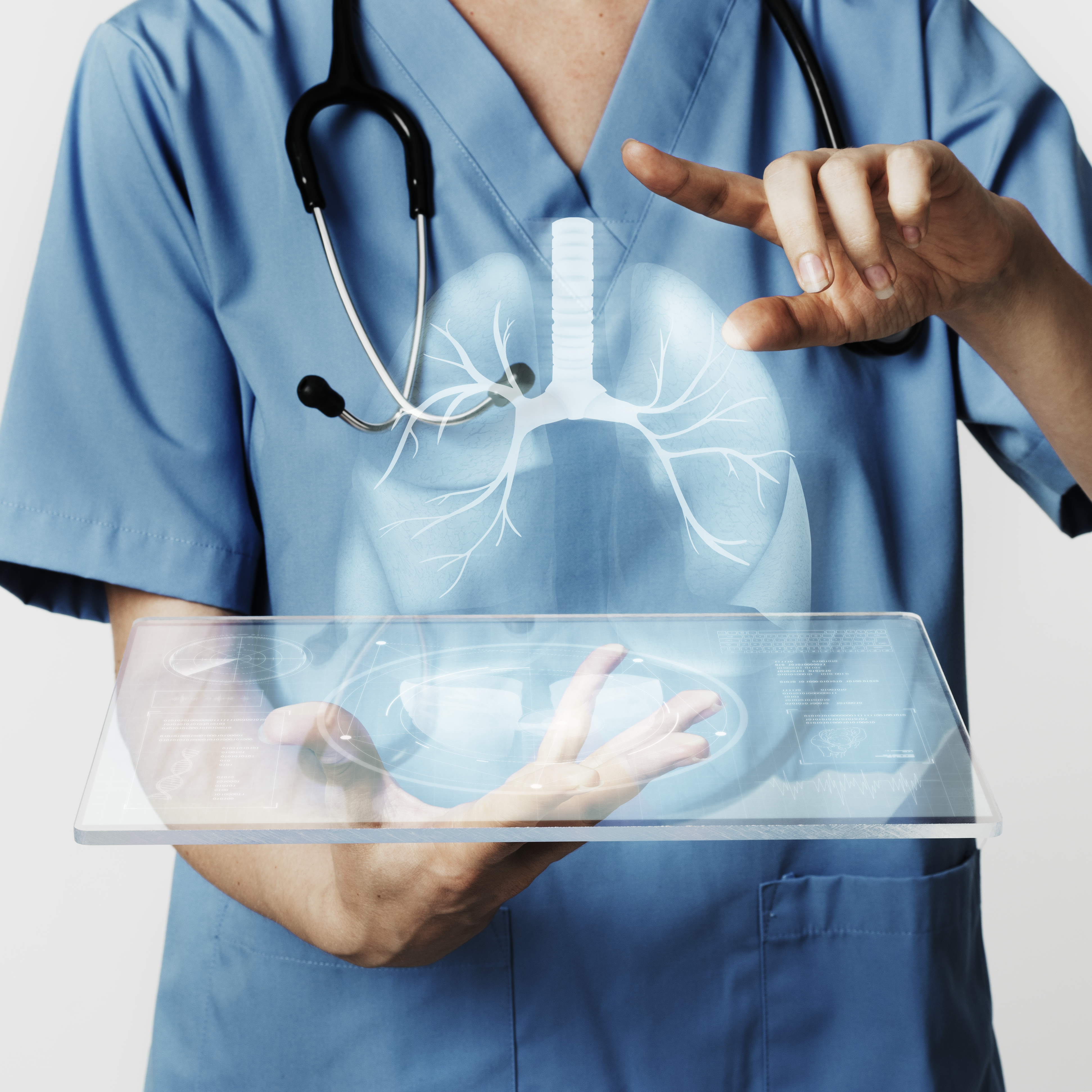
Department of Pulmonology & Chest Medicine
The Department of Pulmonology is highly advanced and undertakes the prevention, early detection diagnosis, and management of Pulmonary Diseases in pediatric as well as adult populations. Our department with highly qualified professionals offers treatment of all Pulmonary Diseases like Asthma, COPD, Sleep-disorder, breathing, Lung Cancer, Tuberculosis, Pneumonia, and all other types of respiratory disorders. We have state-of-the-art interventional pulmonary care with a fully-equipped ICU that has all the facilities to render specialist emergency and critically ill patients. The outpatient and inpatient divisions offer expert care in the form of 24X7 emergency service round-the-clock clock available resident doctors. We have one of the best PFT labs and bronchoscopy units (Paediatrics & Adult) in the country.
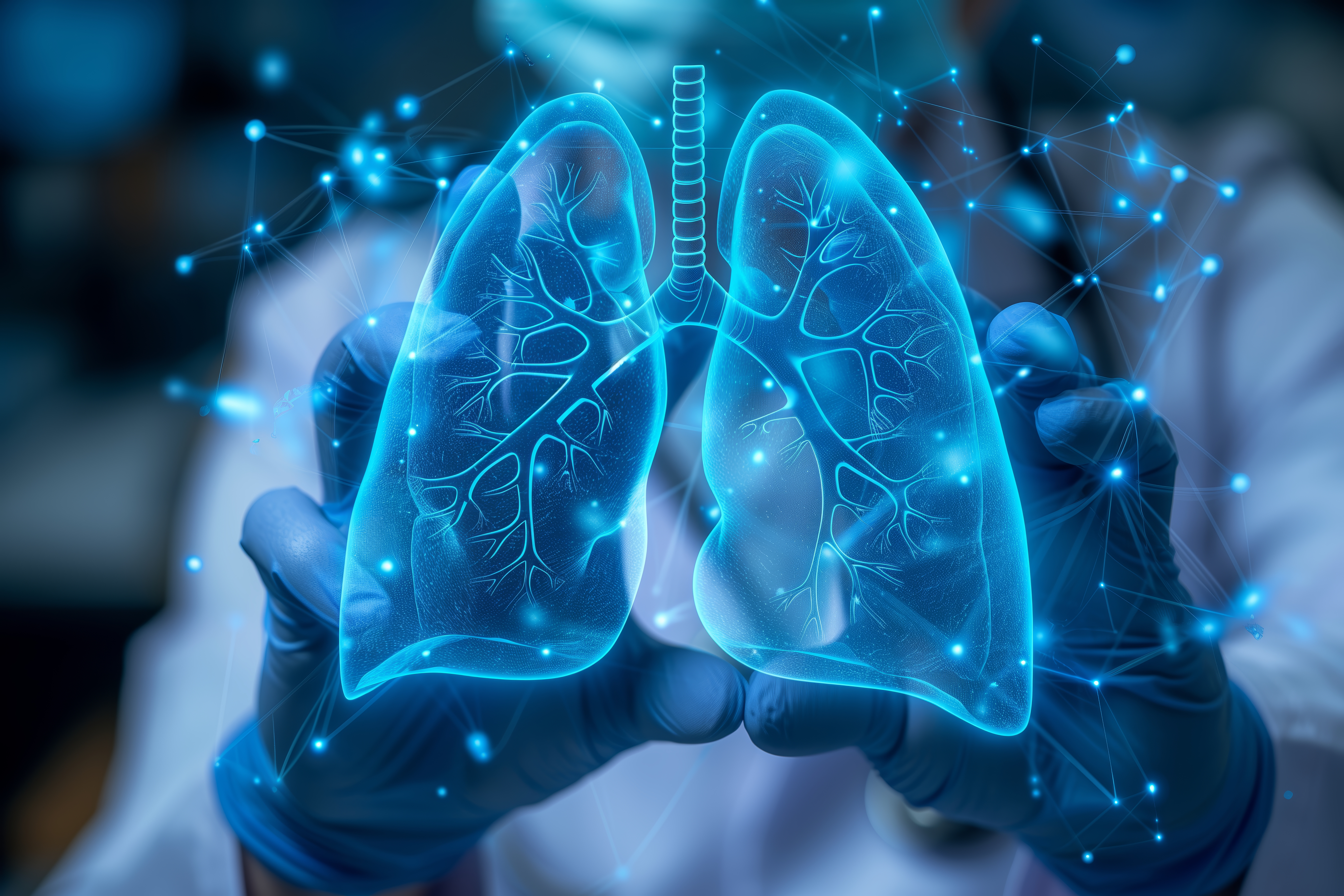
-
Interstitial Lung Diseases (ILDs) /Pulmonary Fibrosis
-
Interstitial lung diseases (ILDs) are a category of conditions that can induce scarring in the lungs. Scar tissue in the lungs impairs their ability to transport oxygen, make it difficult to breathe normally. The lung interstitium is the area between the air sacs and the small blood veins that surround them. Scarring in ILDs causes tissue damage in or around the lungs' air sacs (alveoli) and airways. It includes connective tissue. When a person breathes, oxygen from the air travels via the air sacs and lung interstitium to the bloodstream. At the same time, carbon dioxide passes from your blood to the lung interstitium and then into the air sacs. ILDs could be mild, severe, or even lethal. The symptoms are dry cough, excessive weariness, shortness of breath, and chest tightness.
-
There are various types of ILDs. ILDs can be caused by genetics, lifestyle, the environment, medications, or other medical disorders.
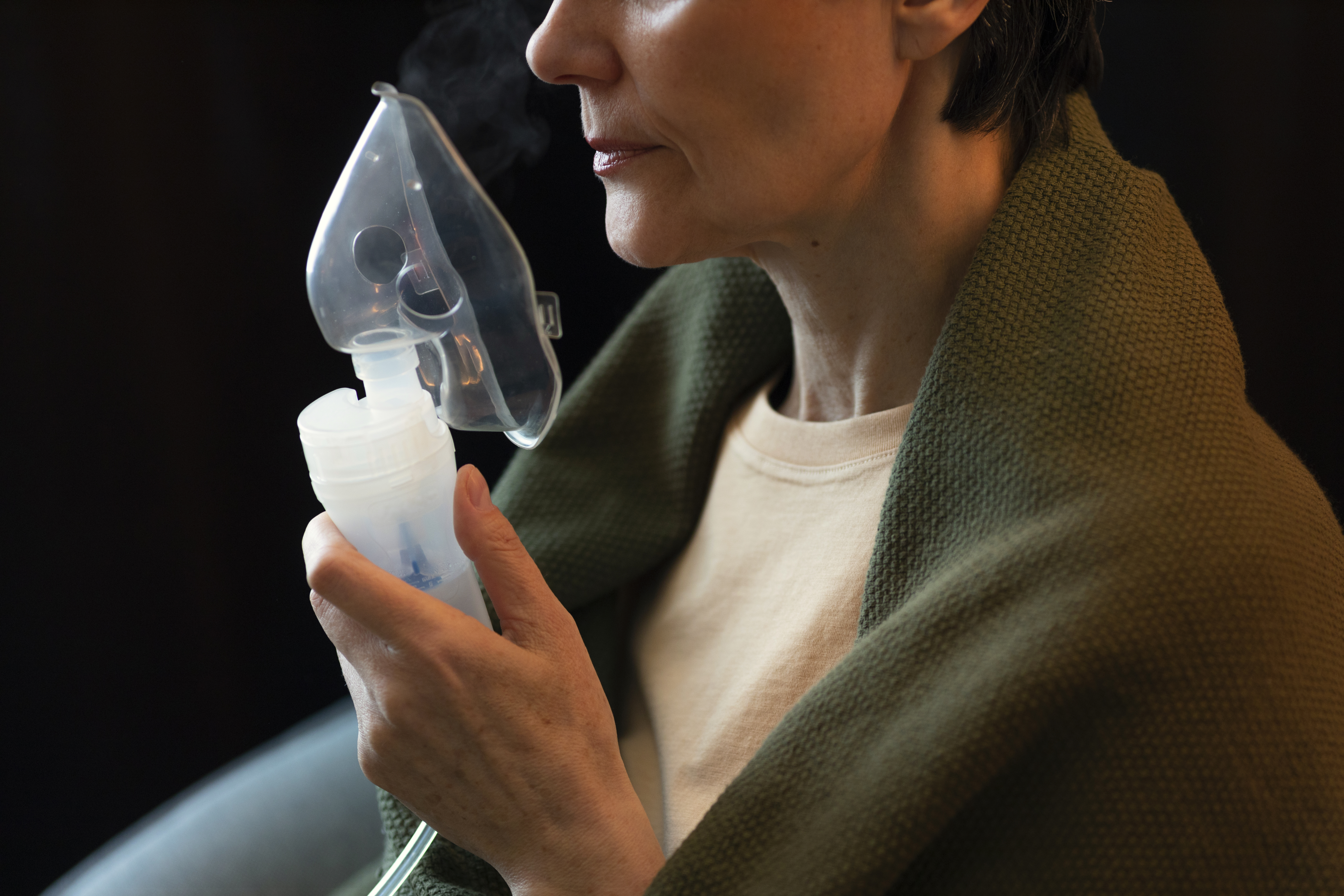
-
Idiopathic pulmonary fibrosis (IPF) which is common in men
-
Lymphangioleiomyomatosis (LAM) is typically seen in women
-
Childhood ILDs
-
Mold and dust in the environment can lead to ILDs such as asbestos-related lung illnesses and hypersensitivity pneumonitis.
-
The treatment varies depending on the nature and severity of the symptoms. The doctor’s advice is always preferable to avoid substances in the environment that aggravate your disease. ILDs does not repair lung scarring, however, early treatment can assist in slowing or stopping lung deterioration and improve lung function. Zydus Hospital’s team is equipped to help the patient on how to manage the illness and enhance the quality of life.
-
Acute Respiratory Distress Syndrome (ARDS)
-
A potentially fatal lung damage known as Acute Respiratory Distress Syndrome (ARDS) is caused by a fluid leak into the lungs. The body is unable to take in oxygen and it becomes difficult to breathe. The majority of ARDS patients are admitted to the hospital due to trauma or diseases.
-
Symptoms
-
Low blood pressure
-
Confusion and extreme fatigue
-
Fingernails and lips may turn bluish
-
Severe shortness of breath
-
Laboured and unusually rapid breathing

-
The patient can develop other medical problems while in the hospital, due to ARDS. Some of the most common problems are; Depression, Scarring (pulmonary fibrosis), Collapsed lung (pneumothorax), Blood clots and other infections.
-
Sleep-related Disorders and Sleep Medicine
-
Polysomnography or sleep study has become science itself in the modern-day medical world. Sleep-related disorders, mainly Sleep Apnoea Syndrome, are very common in obese patients and they snore at night. These patients are at very high risk of developing hypertension, paralysis, and thyroid problems. SAS, Narcolepsy, restless leg syndrome, periodic limb movement, and UARS are major sleep-related disorders.
-
Some of the typical signs of sleep disorders are Fatigue during the day; Insomnia, Parasomnias, inability to fall or stay asleep, depression, unusual weight gain, abnormal breathing patterns, the strong desire to take a nap during the day, anxiety, lack of focus, unpleasant urges to move while falling asleep, unusual movement while asleep.

-
A sleep disorder will be diagnosed by the expert after a physical examination to evaluate the symptoms and conduct tests. These tests can help the doctor to understand the underlying cause of the symptoms, such as blood tests or imaging scans.
-
Upper Airway Resistance Syndrome (UARS)
-
UARS is a condition closely resembling Obstructive Sleep Apnea (OSA), where the relaxation of throat tissues narrows the airway, leading to disrupted sleep and daytime symptoms such as excessive sleepiness. The consequent increase in breathing effort does produce a brief awakening from sleep that is frequently unrecognized by the affected individual, even though the rise in upper airway resistance is insufficient to meet the requirements of the sleep-disordered breathing that defines obstructive sleep apnea. The throat's soft tissue relaxes, narrowing the airway and causing sleep disturbances that impede daytime functioning, including excessive daytime sleepiness. Sleep is hampered by this situation repeating itself throughout the night, much like obstructive sleep apnea.
-
Although they might not be as severe, UARS symptoms are often comparable to those of OSA. Individuals who have unrefreshing sleep syndrome (UARS) typically complain of snoring, cognitive impairment, and frequent arousals from sleep.
-
Although there are various approaches to treating UARS, adult and paediatric patients receive distinct courses of care. The main treatments for this are oral appliances, sleep surgery, and positive airway pressure therapy.

-
Pulmonary Arterial Hypertension (PAH)
-
Blood arteries in the lungs narrow, obstruct, or are damaged in pulmonary arterial hypertension (PAH), one kind of pulmonary hypertension. The lungs' ability to pump blood is slowed by the injury. Lung artery blood pressure increases. In order to pump blood through the lungs, the heart has to work harder. The cardiac muscle gradually weakens and fails due to the additional strain.
-
Pulmonary hypertension has no known treatment. It can be fatal in certain individuals and worsens gradually. However, there are therapies available to enhance the quality and lengthening of life, life, and make patients better.
-
Symptoms include shortness of breath during exercise and later during rest, as well as blue or grey skin from low oxygen levels. Also, experience of chest tightness or pain, fainting spells, pounding heartbeat or rapid pulse, swelling in the abdomen legs, and ankles, and Fatigue are noticeable symptoms.
-
Certain Medical conditions may lead to the development of PAH. Lupus, Schistosomiasis, HIV, liver disease, Scleroderma, Pulmonary veno-occlusive disease, Congenital heart disease, and Genetic mutations are the major cause of PAH.
-
Medications are extremely important in the treatment of PAH. Calcium channel blockers, Balloon Atrial Septostomy (BAS), pulmonary vasodilators, and diuretics are essential medical treatments. When a patient's blood oxygen levels are low, oxygen therapy is administered.

-
Tuberculosis (TB)
-
Tuberculosis is a bacterial infection caused by a type of bacterium called Mycobacterium tuberculosis that primarily affects the lungs but can also affect other parts of the body.
-
TB germs often attack the lungs, but they can attack any region of the body, including the spine, brain and kidney. Not everyone infected with the tuberculosis bacterium becomes ill. As a result, there are two TB-related conditions: latent tuberculosis infection (LTBI) and TB illness. If not treated appropriately, tuberculosis can be lethal.
-
Symptoms of tuberculosis include fever, weight loss, blood in cough, chest pain, weariness and night sweats. Many TB patients may not exhibit any symptoms depending on which organ is infected.
-
Patients with current symptoms and a confirmed infection require anti-tuberculosis therapy that consists of several medications. For TB, antituberculosis treatment gives effective results.

-
Pulmonary embolism (PE) –
-
A Pulmonary Embolism occurs when a blood clot blocks one or more of the lungs' arteries.
-
A pulmonary embolism is typically caused by blood clots traveling from the legs or, in rare cases, other regions of the body (deep vein thrombosis or DVT).
-
A pulmonary embolism can have fatal consequences. Seek immediate medical treatment if a patient has unexplained shortness of breath, chest pain, fast heart rate or palpitations, fainting, and dry cough. Urgent intervention with medicines and therapy to clear the clot and prevent its recurrence. Prompt therapy to dissolve the clot significantly minimizes the risk of mortality. This could be accomplished with blood thinners, medicines, or surgeries. Regular exercise and compression stockings and can help prevent clots from developing in the initial phase.
-
The most often used medications in PE are anticoagulants. Unwanted side effects from taking blood-clotting inhibitors. The most prevalent issue is excessive bleeding, which can be extremely hazardous.

-
Pleural Diseases including Effusions & Pneumothorax
-
The pleura resembles a broad sheet of tissue that wraps around the outside of the lungs and lines the interior of the chest. It is a membrane that borders the thoracic cavity and protects the lungs.
-
Pleural diseases are categorized into various types, including, Pleurisy, pneumothorax, effusion, hemothorax, and pleural tumours. Most of all these diseases include common symptoms like cough, unexplained weight loss, fever and chills, sore throat, rapid and shallow breathing, fatigue, fast heart rate and cyanosis.
-
In addition to treating the underlying condition, the particular therapy of pleural effusion spans from pleurodesis to thoracoscopy to the implantation of a permanently indwelling pleural catheter. The prior consultation of a thoracic surgeon is mandatory for video-assisted thoracoscopy.

-
Lung Cancer
-
Lung cancer is a malignant tumour that develops in the tissues of one or both lungs. Lung cancer is the most frequent type of thoracic cancer, accounting for the majority of cancer deaths among both genders.
-
Early phases of lung cancer may not present any symptoms. Shortness of breath, chronic cough/wheezing, hoarseness, bone pain, weariness, and loss of appetite/weight are all possible symptoms as the condition develops. Patients who smoke, have a high-risk medical history or exhibit these symptoms should consult with their doctors regarding thoracic and lung cancer testing.
-
Cancer treatment is most effective when it is diagnosed and staged early and accurately.

-
The initial stages of lung cancer may not present any symptoms. Patients who regularly smoke, have a high risk and should consult with a doctor regarding thoracic and lung cancer testing. Shortness of breath, hoarseness, weariness, chronic cough/wheezing, bone pain, and loss of appetite or weight loss are all possible symptoms as the condition develops.
-
In Zydus hospitals, we are using the latest cutting-edge technologies to accomplish this, such as Positron Emission Tomography (PET) scans and high-resolution Computed Tomography (CT) scans.
-
Thoracic tumors, specifically lung cancer, can be difficult to treat. Our experts and support personnel will help you with the optimal treatment regimen. To combat thoracic malignancies, we use both sophisticated invasive and minimally invasive treatments. They include classic and minimally invasive surgery, intensity-modulated radiation therapy (IMRT), stereostatic radiation therapy, and several types of chemotherapy.
-
The following sleep tests are conducted here:
-
- Complete Overnight Polysomnography (COP)
- COP with CPAP titration
- Limited Sleep Study
- Multiple Sleep Latency Test
- Nocturnal Oxymetry
-
Pulmonary Function Tests:
-
- Spirometry
- Lung Volume including RV, TLC, FRC
- Diffusion Capacity of lung. (DLCO)
- Respiratory Muscle Strength (MIP, MEP)
- 6-minute walk test
- Pulse Oxymetry
- Pre & post exercise Oxymetry
-
Interventional Pulmonary Procedures performed at the hospital are:
-
- Tracheal Stent Placement
- Tracheobronchial Stenting
- Tracheomalacia Study
- Transbronchial Needle Aspiration
- Transbronchial Lung Biopsy
- Forcep Biopsy
- Transbronchial Needle Aspiration
- Transbronchial Lung Biopsy
- Forcep Biopsy
- Brush Biopsy
- Therapeutic Lung Lavage
- Bronchoalveolar Lavage

Search Doctor / Diseases
The Transplant Center of Gujarat
-
LIVER TRANSPLANT
-
200+ successful transplants done
-
A full-time dedicated team of 20+ members of Liver Transplant Surgeons, Hepatologists, Intensivists and Anaesthetists
-
Exclusive Class 100 Modular Liver OT and Liver ICU with strong infection control standards
-
KIDNEY TRANSPLANT
-
300+ successful transplants completed by the experienced and dedicated team of Senior Consultants in Nephrology and Urology
-
State-of-the-art 50 bed advanced Dialysis Centre with facilities for CRRT, SLED, HDF and CytoSorb
-
HEART TRANSPLANT
-
Highly experienced team of Heart Transplant Surgeons and Cardiologists
-
State-of-the-art infrastructure with exclusive Cardiac Critical Care Unit, ECMO Facility, Advanced Cath Lab and Left Ventricular Assist Device (artificial heart) Facility
-
BONE MARROW TRANSPLANT
-
200+ Haematopoietic Stem Cell Transplants at hi-tech BMT Unit
-
Highly experienced Haematologist, Intensivists and BMT-trained Staff, supported by Radiation Oncology Department with TBI treatment
